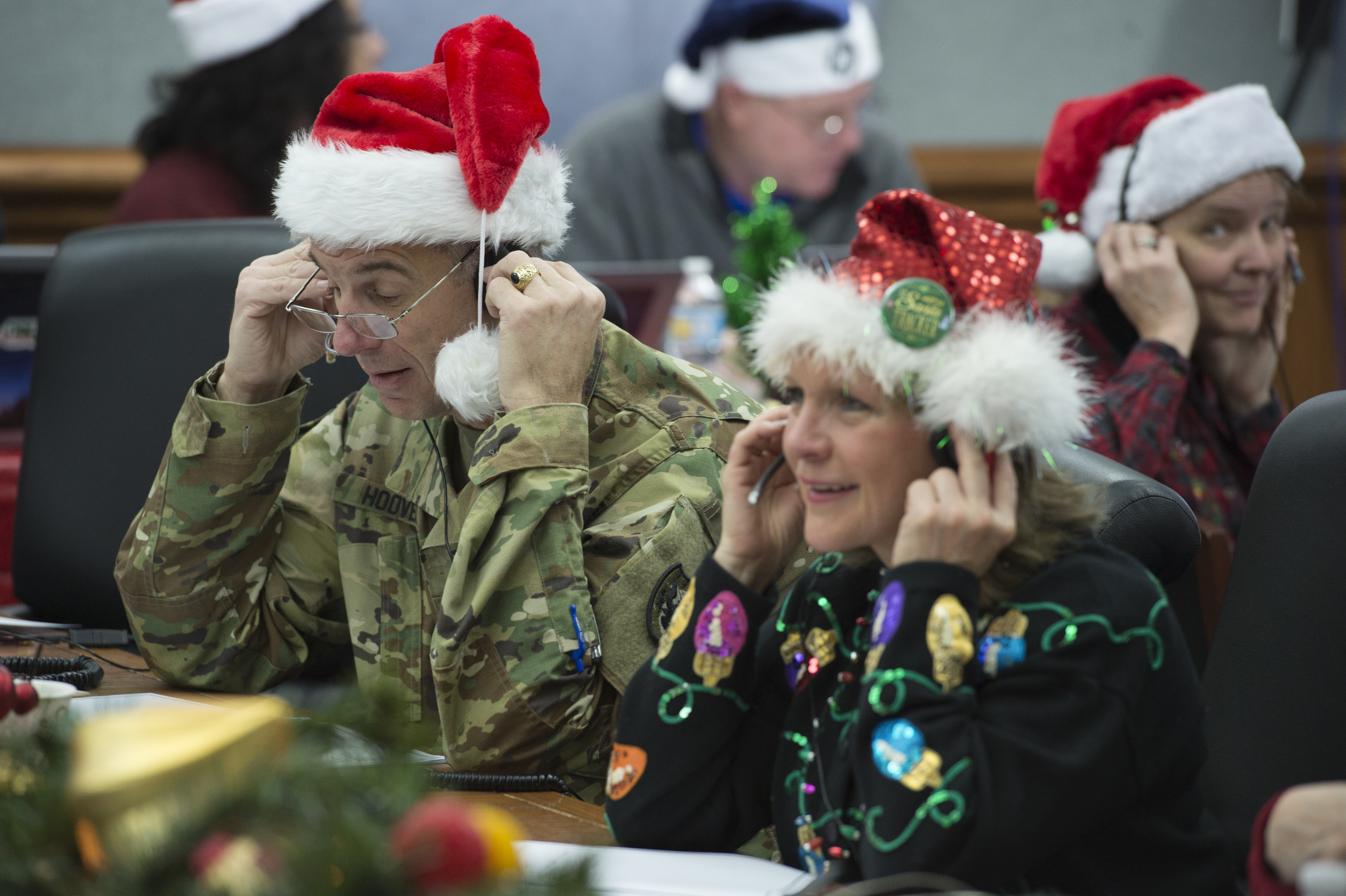Health authorities clear ‘essential worker’ Santa for holiday travel
But they recommend he refrain from kissing mommy.

You can argue about what he is called, and you can argue about where he comes from, but, for most people, the man who delivers gifts to well-behaved children at Christmas comes from somewhere well north of the Arctic Circle.
Americans — for whom he is known as Santa Claus — will tell you, for example, that he comes from the North Pole, as will many other cultures, including the French and the Norwegians. Canada has even given his North Pole home the memorable post code “H0H 0H0.”
For others, including those living in the British Islands, the place to find Father Christmas is Lapland (for travel purposes, this means Finnish Lapland). Though Danes stick out as the only country claiming that Julemand lives in Greenland, they have the weight of the Father Christmas World Congress to behind them.
That he comes from so far north is good news for those hoping he will pay them a visit on Christmas Eve: all of these areas have a low incidence of COVID-19. In fact, the North Pole is entirely free of the illness, Erna Solberg, the Norwegian prime minister, confirmed on December 3.
“Nissen (the Christmas Elf, ed.) comes from the North Pole, and the North Pole is white on our map. We haven’t registered any cases there,” she said.
Solberg was responding to a question about whether Nissen was a “close contact,” and thus someone with whom Norwegians could celebrate Christmas. Before she was able to answer a follow-up question asking whether hugging was permitted, her health minister, Bent Høie, broke in: “He shouldn’t kiss mommy.”
[Christmas is coming, but Arctic Christmas tourists are not]
Similarly, the head of Denmark’s public health authority has reassured anyone there expecting a visit from from Julemanden that the Danish requirement that people entering the country self-isolate, does not apply to residents of Greenland, where there are currently no known cases of COVID-19.
“As all children (and adults) know, Julemanden lives in Greenland! And because Greenland is part of the kingdom (of Denmark, ed.), he’s not subject to entry restrictions or self-isolation requirements when he arrives in Denmark,” Søren Brostrøm, the head of Sundhedsstyrelsen, tweeted on December 3.
Greenland, on other hand, does have strict entry restrictions. The only flights to the country at the moment come from Denmark, where there is a rapidly increasing rate of infection. While Brostrøm recognized that any delay would hinder Julemanden from completing his deliveries, he said Sundhedsstyrelsen would be happy to be of assistance and help him get tested before he leaves Denmark.
[Santa sets off from Arctic Finland on his annual Christmas journey]
Likewise, it does not appear that COVID-19 will be keeping Santa out of North American airspace on December 24. For the 65th year running, NORAD, which monitors U.S. and Canadian airspace for potential military threats, will track Santa’s progress on Christmas Eve. As in previous years, Canadian Air Force pilots will escort his sleigh as it passes over that country. On the ground, however, Santa will have fewer helpers — volunteers who answer a hotline children can call to be informed of his position — due to social-distancing requirements.
Many other countries that celebrate Christmas have given Santa the green light to enter their airspace, and to enter people’s homes, though social distancing will remain a necessary precaution in many places, including Ireland.
In a sign of the seriousness the country was putting into “the Santa Claus issue,” the foreign minister, Steven Coveney, told the legislature there last month that the administration had considered the matter for several weeks before eventually declaring him an essential worker and exempting him from entry restrictions.
“But I am assured that children should not stay up at night, because he does need to social distance, and so people need to keep at least two metres away at all stages in order to keep him safe, and, indeed, children as well. So, he is exempt, he is coming — he’s confirmed that — and he appreciates the fact that Ireland has ensured that, in a very, very different Christmas in 2020, the visit of Santa Claus will be something that will remain consistent.”
While Coveney’s announcement will be welcomed by Irish children, he is perhaps hoping for a gift from the Arctic himself: Ireland will reportedly seek observer status at the Arctic Council when it gathers for its biennial assembly in 2021.
While COVID-19 is looking unlikely to keep Santa from making his rounds this year, there is always the chance that the weather could prove too much even for Rudolf. Should that be the case, he may want to reach out to the Swedish Air Force’s Norrbotten-based flight wing F 21, which had to cancel its annual flyover of northern Sweden in Christmas-tree formation this week due to bad weather.
Instead, the wing posted a video on Facebook giving viewers a cockpit-eye view of a previous year’s flyover.
“It’s not the same,” the wing admitted, “but for all of those who had been looking forward to it, we’re inviting you to a backseat ride from a previous year’s Christmas tree flight. Digitally — in keeping with the spirit of 2020.”